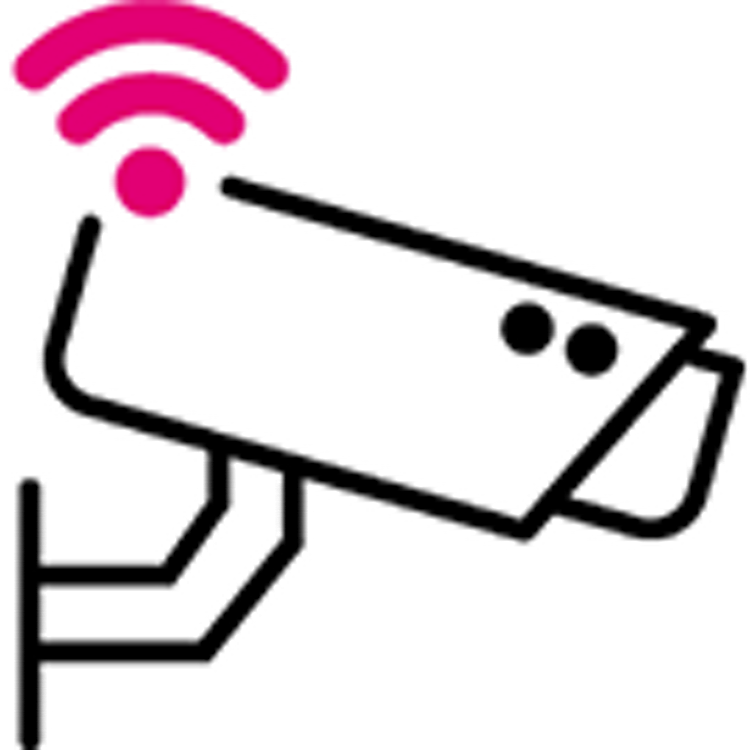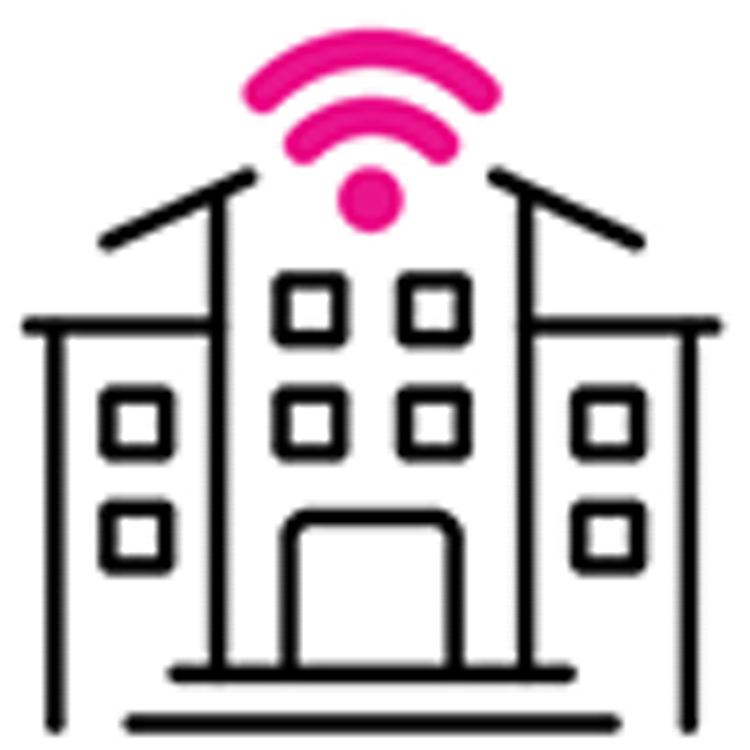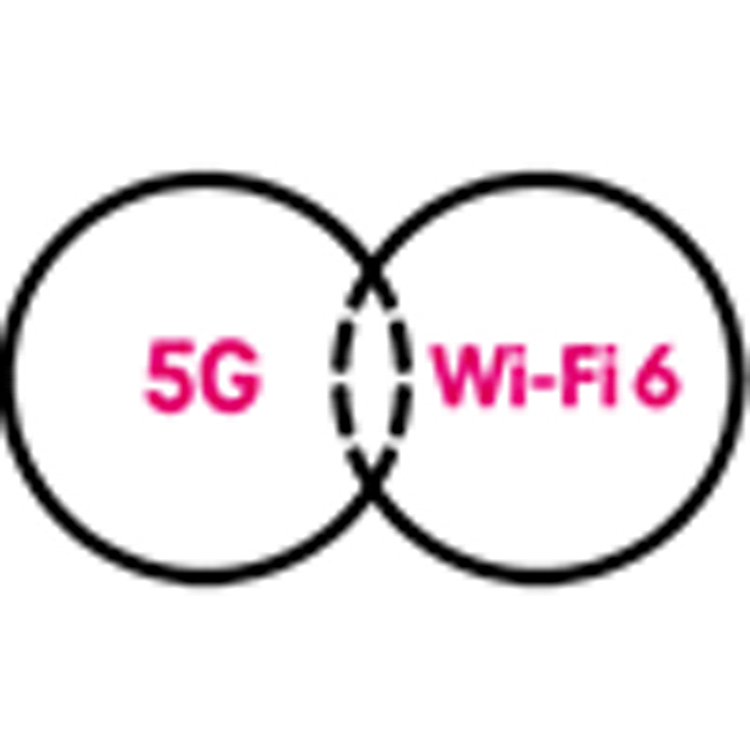Driving better and more customer engagement.

Key takeaways
5G is the fifth-generation cellular broadband service that is becoming available around the world. And
So, which of these next-generation wireless solutions—5G or
For many organizations, it’s not an either/or decision.
Used together, 5G and
The requirement for this kind of far-reaching, always-on connectivity continues to grow and was accelerated by the pandemic, according to a report published by Deloitte. The report—based on two surveys of IT and business executives—points to 5G and
“Global networking decision-makers regard 5G and
4 out of 5
networking executives surveyed by Deloitte see advanced wireless as being very or critically important to their businesses.
Recommended Reading



Four in five networking executives surveyed by Deloitte see advanced wireless as being very or critically important to their businesses.
They plan to use the two technologies to provide seamless access wherever people are, or as they move about during the workday: 5G for outdoor, mobile, and off-campus communications, and
“Adopting the technologies in parallel makes sense,” noted Deloitte.
A common scenario is to use
Machine connectivity, within buildings and in wide areas such as airports and shipping ports, is another likely use case for both wireless options.
Deloitte also identified potential customer-facing applications for 5G plus
Real-time traffic monitoring, alerts, and other public services in smart cities.

Remote consultations, patient monitoring, and robotic procedures in healthcare.

Immersive spectator experiences at sports events.

Personalized shopping in retail stores.

These emerging use cases just scratch the surface of potential ways that 5G and
"You've got to be ready for that employee, customer, business leader, or visitor as they come on premises, both indoors and outdoors," says Luke Lucas, senior manager of
“The good news is that, in the case of 5G and
Luke Lucas, Sr. Manager - National Network and Build Your Own Coverage program,
In essence, strong wireless is now considered a utility. “Everybody expects connectivity,” says Lucas. “The bar—and expectations—have been raised.”
It’s not unusual for multitasking employees to use two or three devices, often simultaneously. “We’ve got data everywhere,” Lucas says.
All of those data-sharing applications are a healthy sign of a productive workplace, but they require a corresponding boost in wireless network services. The only answer is to upgrade infrastructure and services with the latest capabilities.
The good news is that, in the case of 5G and
5G and
When used in combination, 5G and
Here are a few of the ways 5G and
5G provides broad geographic coverage, while

When deployed in a unified plan, 5G and

5G and

Both technologies can be used at home or in the office, providing a familiar experience for hybrid and work-from-anywhere (WFX) environments.

5G and
“We’re delivering different frequencies for different uses,” explains Lucas.
This “layered” model is the basis for
The best way to ensure that 5G and
Not only must IT and network professionals anticipate ever-increasing demand, but there are other commonly used and still evolving wireless solutions that may fit into the network architecture. Technologies such as Citizens Broadband Radio Service—which can be used for 4G or 5G connectivity—along with Land Mobile Radio for two-way communications can be incorporated into an overall network design.
Other potential elements of a wireless master plan include security, compliance, cost calculations and savings, and efficiencies. The considerations also include the growing deployment of sensors for things such as smart meters, motion detectors, and air quality.
Until now, wireless architecture and capacity planning have been something of an ad hoc process for many building owners and operators. “They have an earthquake plan, a fire plan, a safety plan, but do they have a wireless plan?” says Lucas. “We typically find the answer is ‘no.’”
A more deliberate and thorough approach to wireless network planning has many benefits beyond boosting speed and capacity. The upsides include greater network efficiency and cost optimization.
Early adopters of unified 5G and
The constant movement of people within these settings, as well as the data-intensive nature of the overall environment, make them ideally suited for flexible and robust wireless services.
But the reality is that many other types of businesses—regardless of whether they have widely scattered buildings or are centrally located—will need the kind of powerful one-two punch that 5G and
With that in mind, Lucas says it’s not too early to start preparing now for future requirements. He advises customers to begin thinking about investments in the foundational components of smart buildings—fiber optic cable, Category 6 wiring, conduit, and power supply. This is especially true for businesses that may be looking to upgrade existing
All you have to do is look at the evolution of network speeds from yesterday’s megabits to today’s gigabits to see the direction things are heading.
For many businesses, 5G and